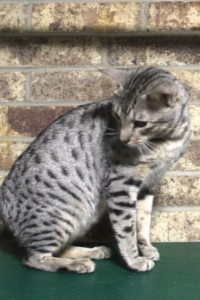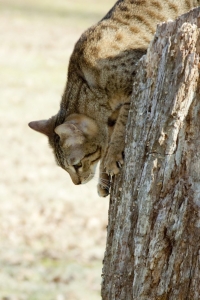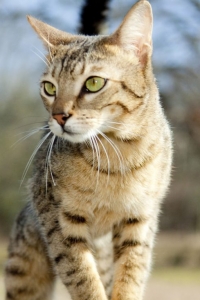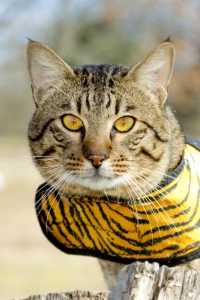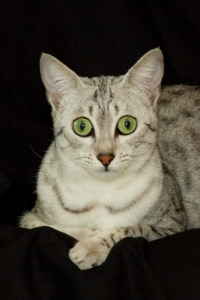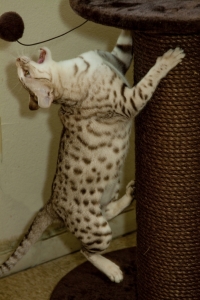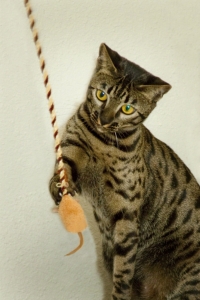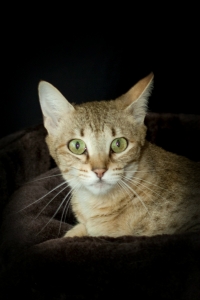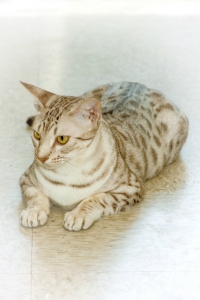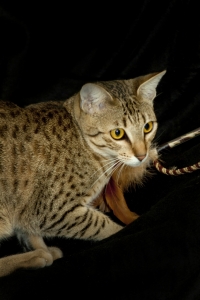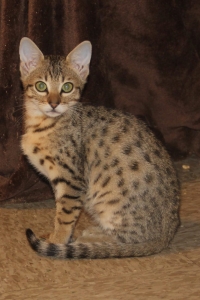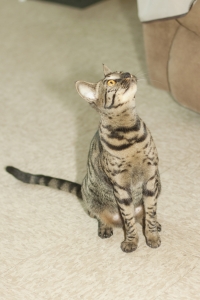
What to know about Cat Fever
The normal body temperature for cats falls in the range of 99.5-102.5 Fahrenheit. Fever, referred to medically as pyrexia, can be defined as a higher-than-normal body temperature in cats – a body temperature of at least 103.5 ° F (39.7° C).
The cause of the fever is not always obvious, as in fever of unknown origin (FUO), which is defined as an elevated temperature on at least four occasions over a 14-day period without any obvious cause. Otherwise, fever is considered a healthy biological response to a bacterial or viral threat. The fever is a response to the threat of disease, and not the disease itself. It should be remembered that fevers can be beneficial for a sick animal, as it lowers the rapid division of bacteria and enhances the body’s immune system response. However, a fever that is too high or goes on for a prolonged period of time needs medical treatment. There is brain damage risk If the cat fever reaches 106 ° F.
Symptoms cat might have a high fever or lack of interest (eating, playing, normal routine, no interest in parent interaction); sleeping more than usual, feels warmer to the contact, seeks warm place to sleep. Holding the cat may notice rapid heart rate, increase respiratory rate, muscle weakness and certain cases shiver.
What is responsible for this? The first to do is check the cat temperature. Most store have low price thermometer for under the tongue with cat you insert the thermometer into the rectum. In that respect are many from various toxins, drug, immune-mediated, Infections like bacterial, viral, parasites, tumors, metabolic and endocrine diseases and sometimes simply miscellaneous inflammatory conditions. It might be arduous to understand a cat can contact flus, cold like human and sometimes contract the infection of the human. Sometimes the precise cause may not be established (for example, in fevers of unknown origin).

What to Do? Contact a veterinarian’s time is essential when the temperature is 105° F upwards. Often with high fever cat will not eat or drink causing dehydration, possible liver failure (do not eat), unsafe hypoglycemia. Be prepared to provide the veterinarian beside current situation information a detail medical history including contact with infectious agents, travel history, drug usage, insect bites, recent vaccination, allergies, surgery, and any other previous illnesses.
If the cat does not eat and drink for more than 24 hours, it will require hydration and food for the cat. This may require using a syringe for feeding and hydration. I try to give at least 2-5 cc to kittens and 5-10 cc to adult cats every 2 hours with syringe 5-10 cc water (Pedialyte) every 30-45 minutes. Mix a mousse texture wet food with water or clear Pedialyte where it can be pressured through the oral syringe (20 to 30 cc size).
If the temperature is 106° F do not wait ER service may be required. Begin immediate attempts to lower the temperature. Use a fan, rub alcohol on the abdomen, legs underside of the cat. Alcohol will cause the temperature to go down. When the temperature is dangerously high please check the temperature frequently, until the cat receives immediate veterinarian attention.
A physical examination by veterinarian which a complete blood count, biochemistry profile, and urinalysis. Should there be reason to suspect infections there may be culture and sensitivity testing to identify the specific disease-causing organism so that the most suitable drugs can be prescribed to treat it.
If your veterinarian prescribes medication, be sure to fully comply with the directions given by your veterinarian, finishing the full course of medication even after the symptoms have abated. Do not give any drugs or medicines to your cat without your veterinarian’s approval, as some drugs can be very toxic for cats.

